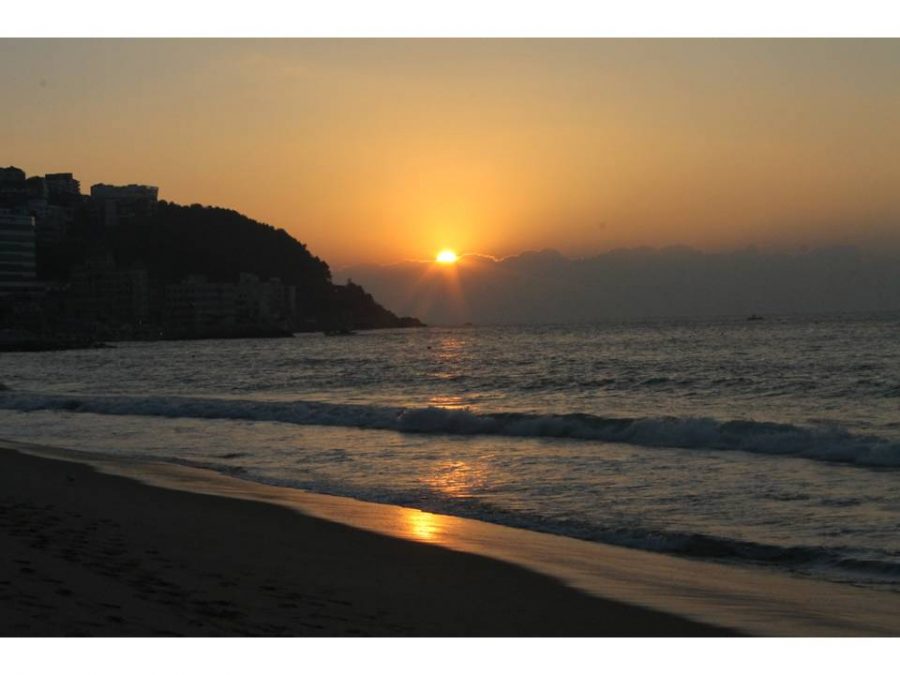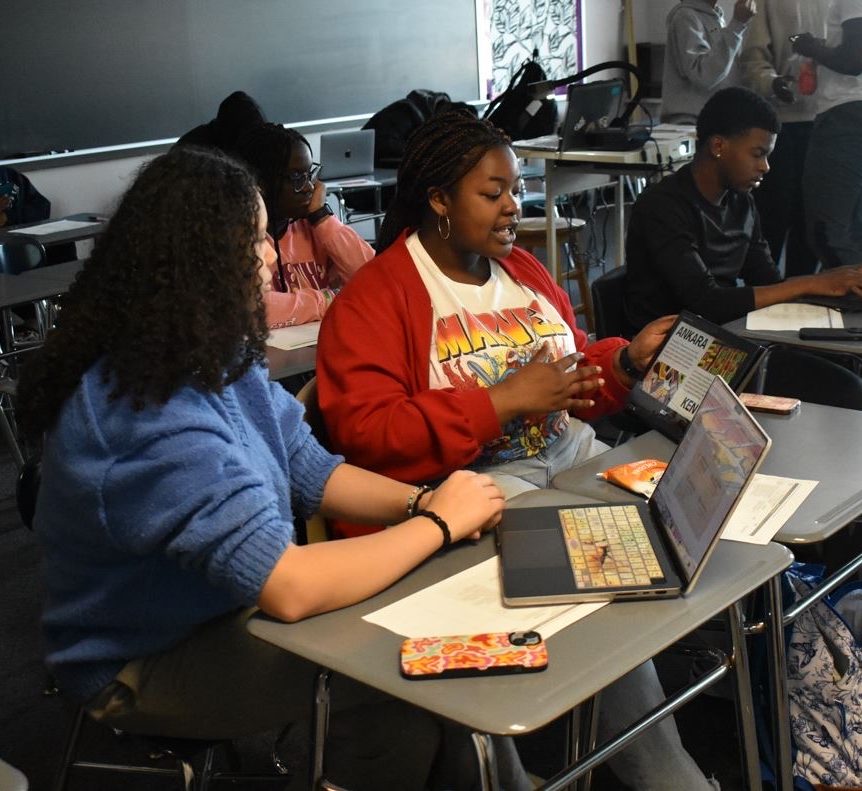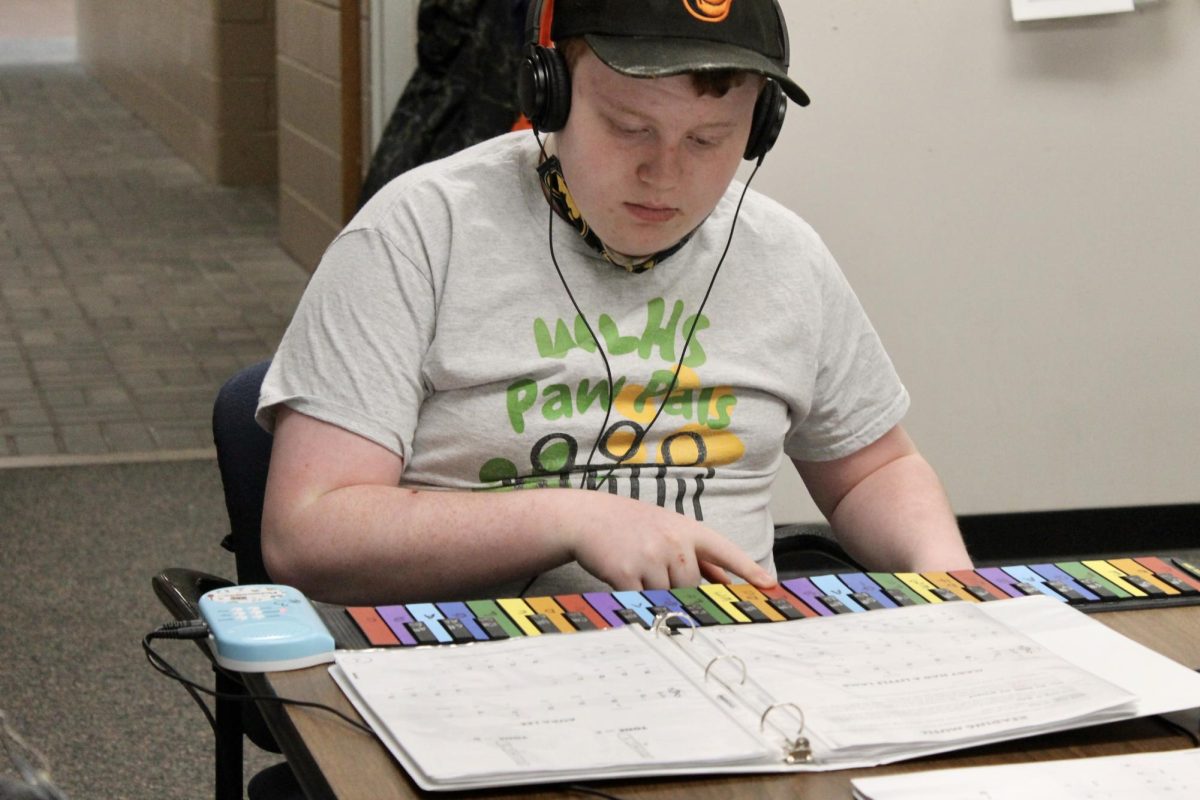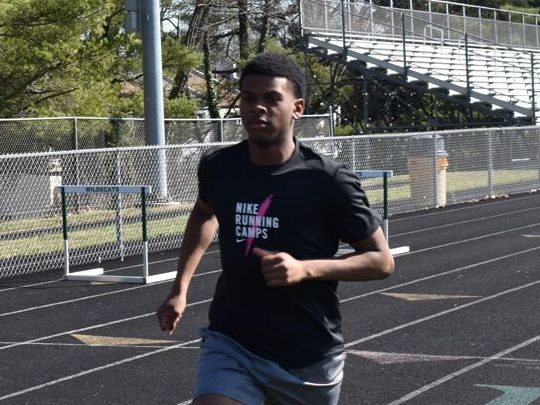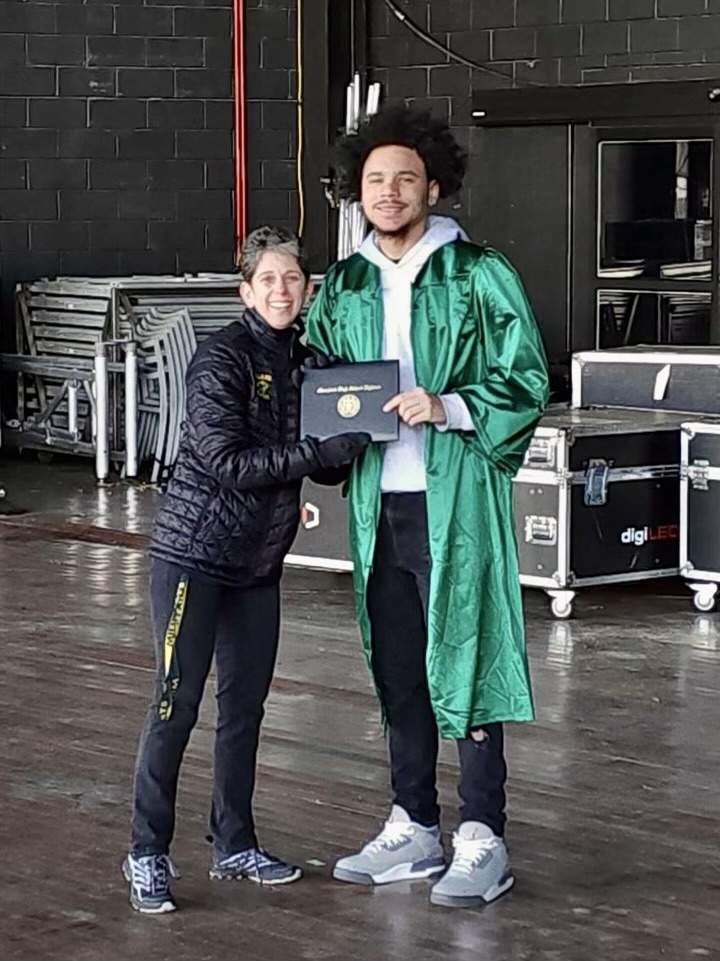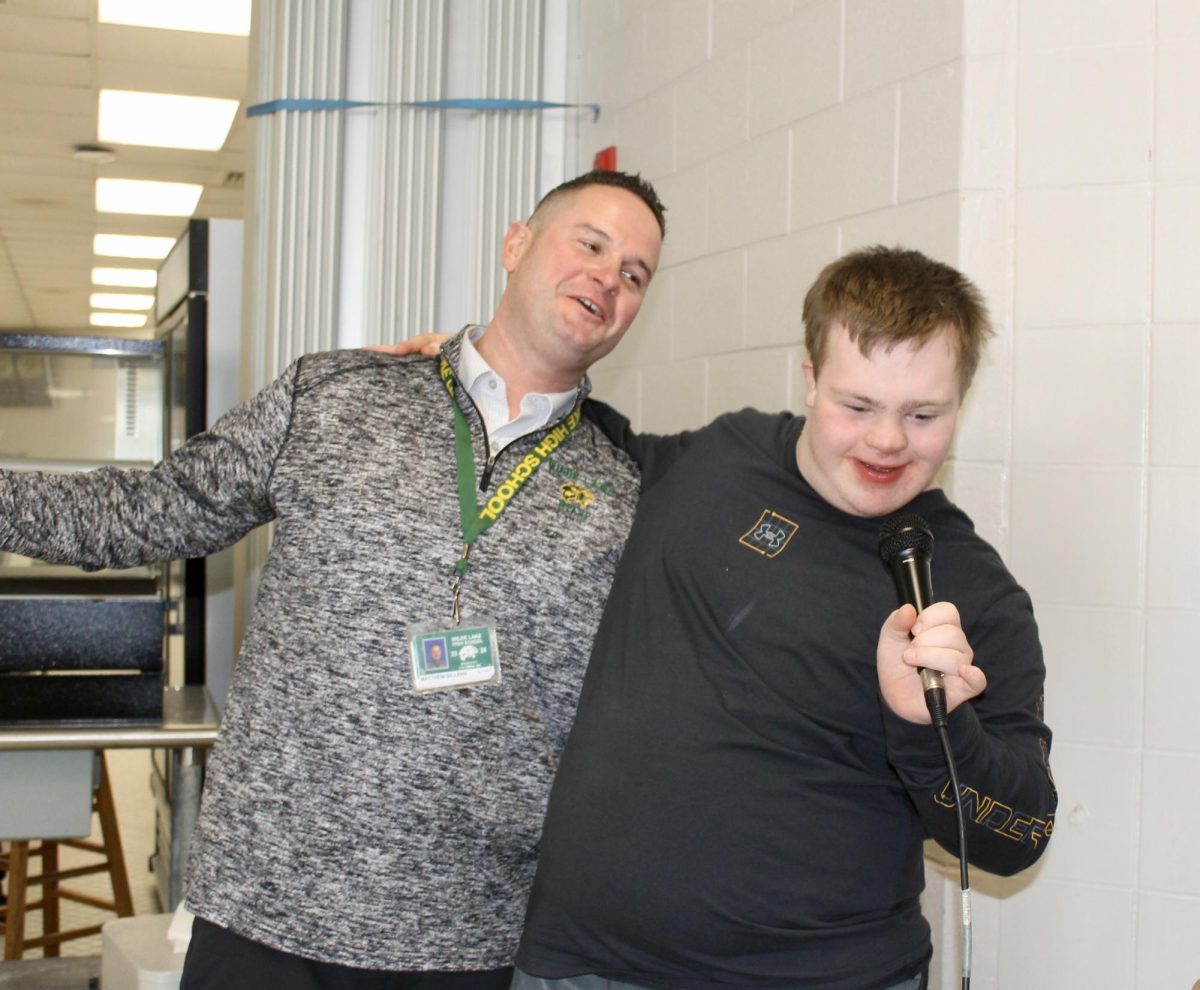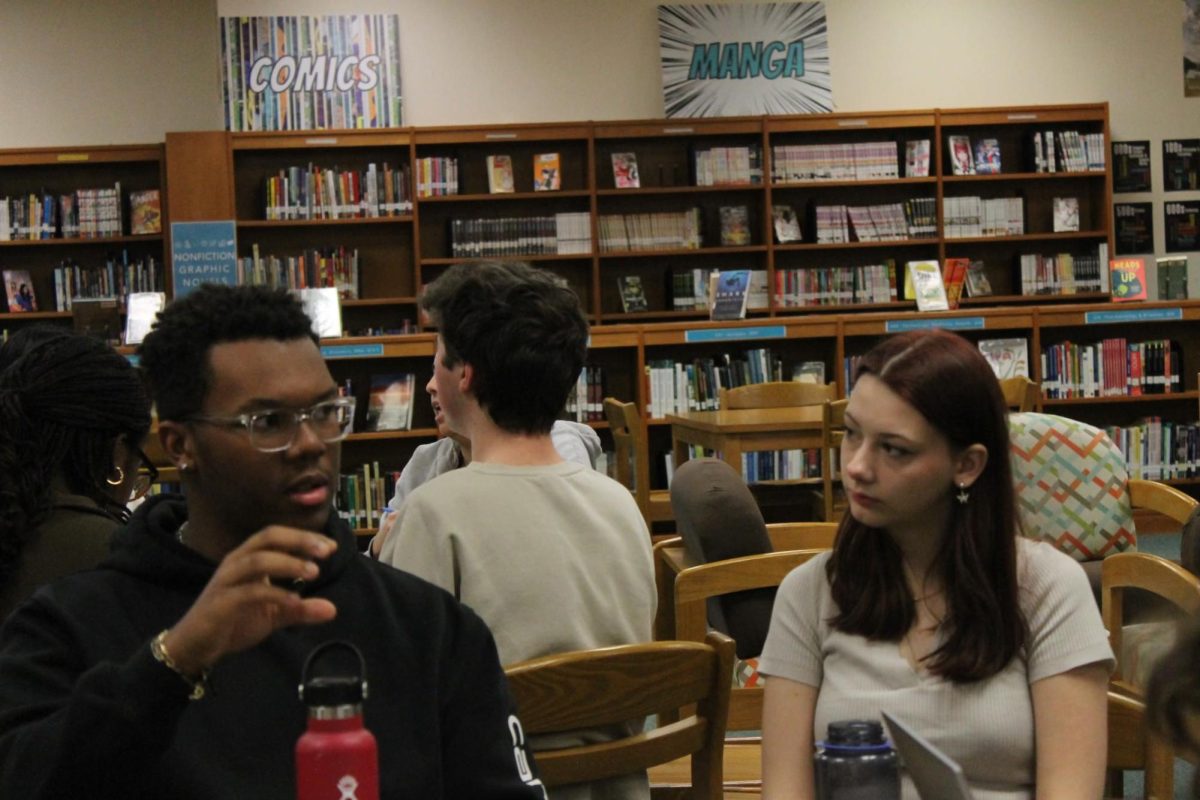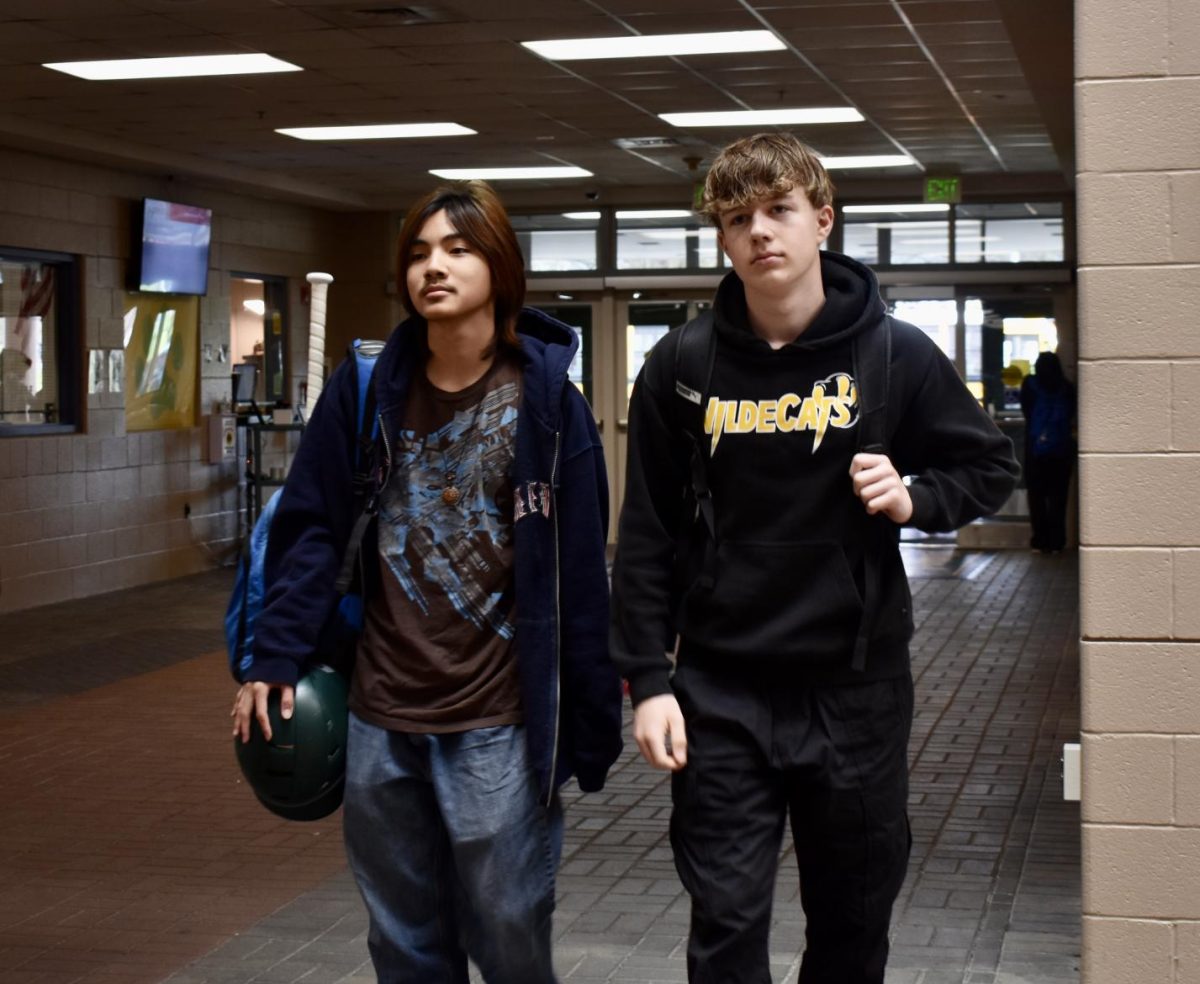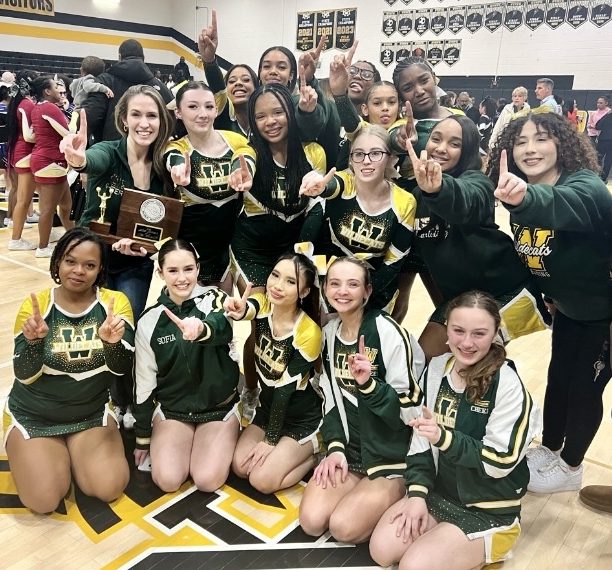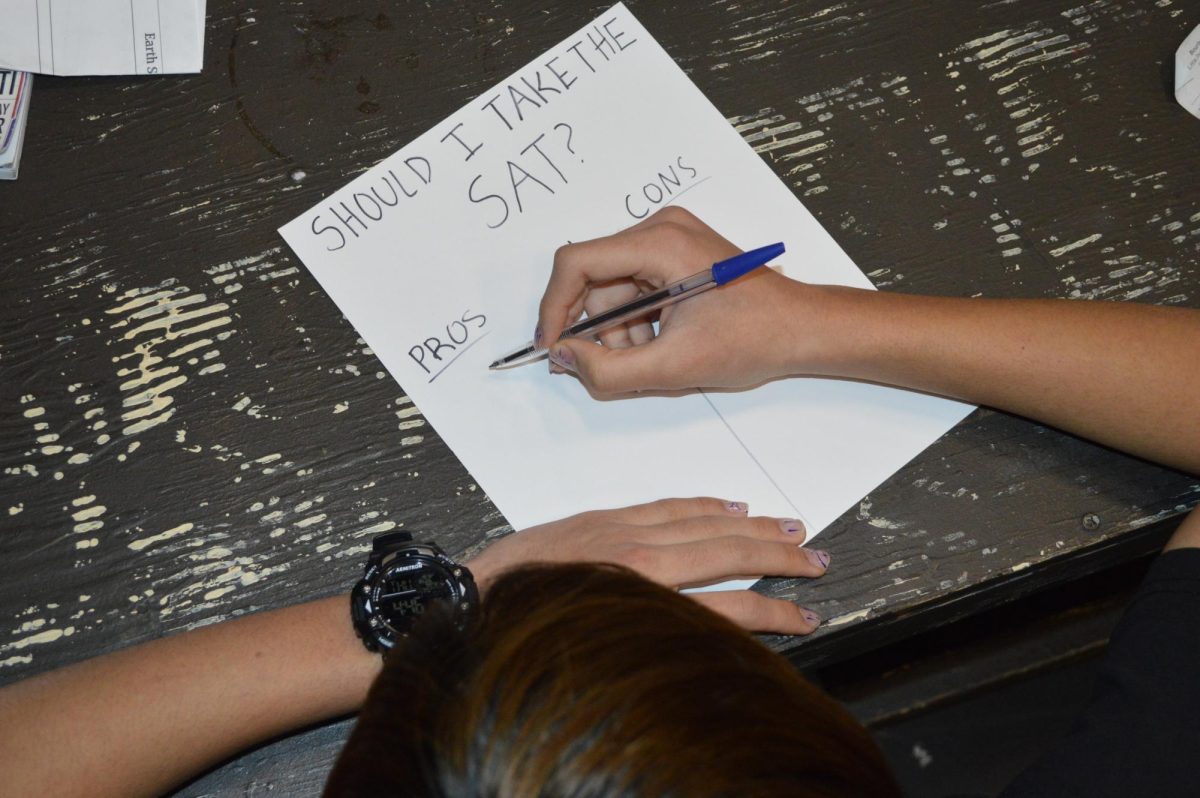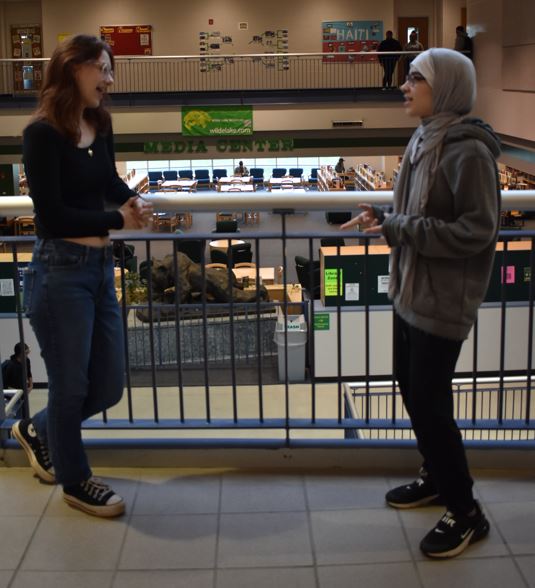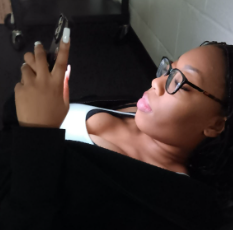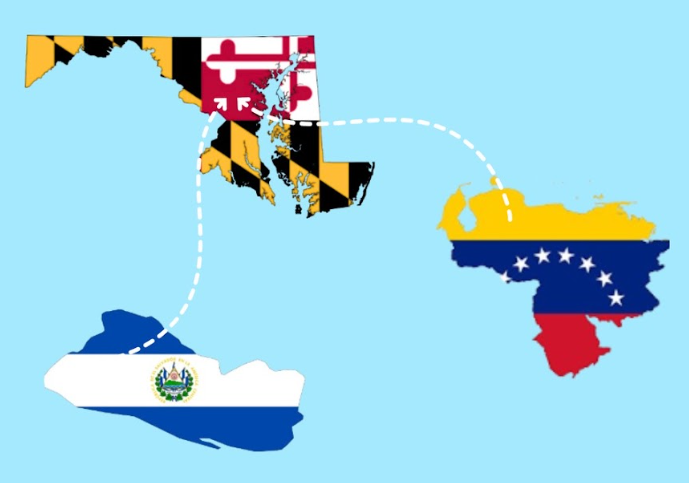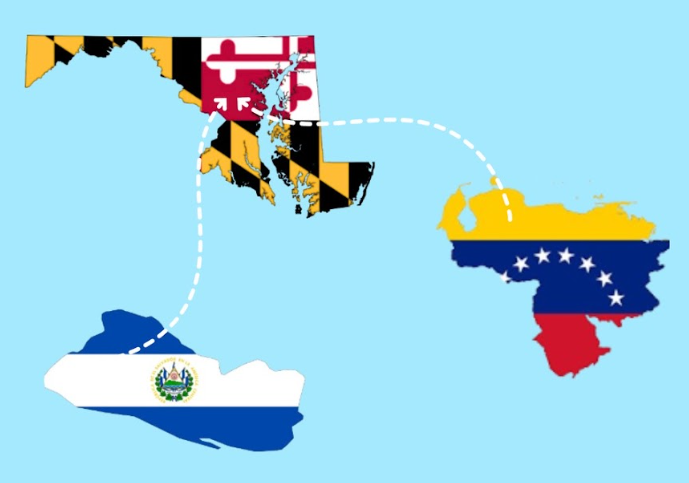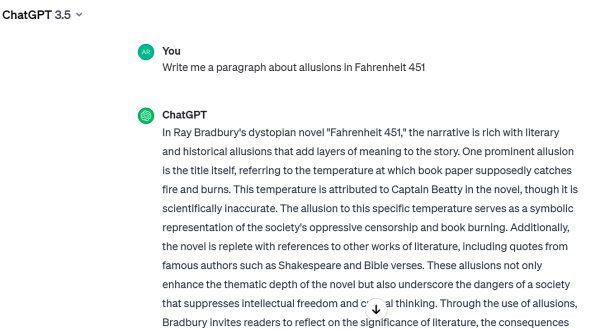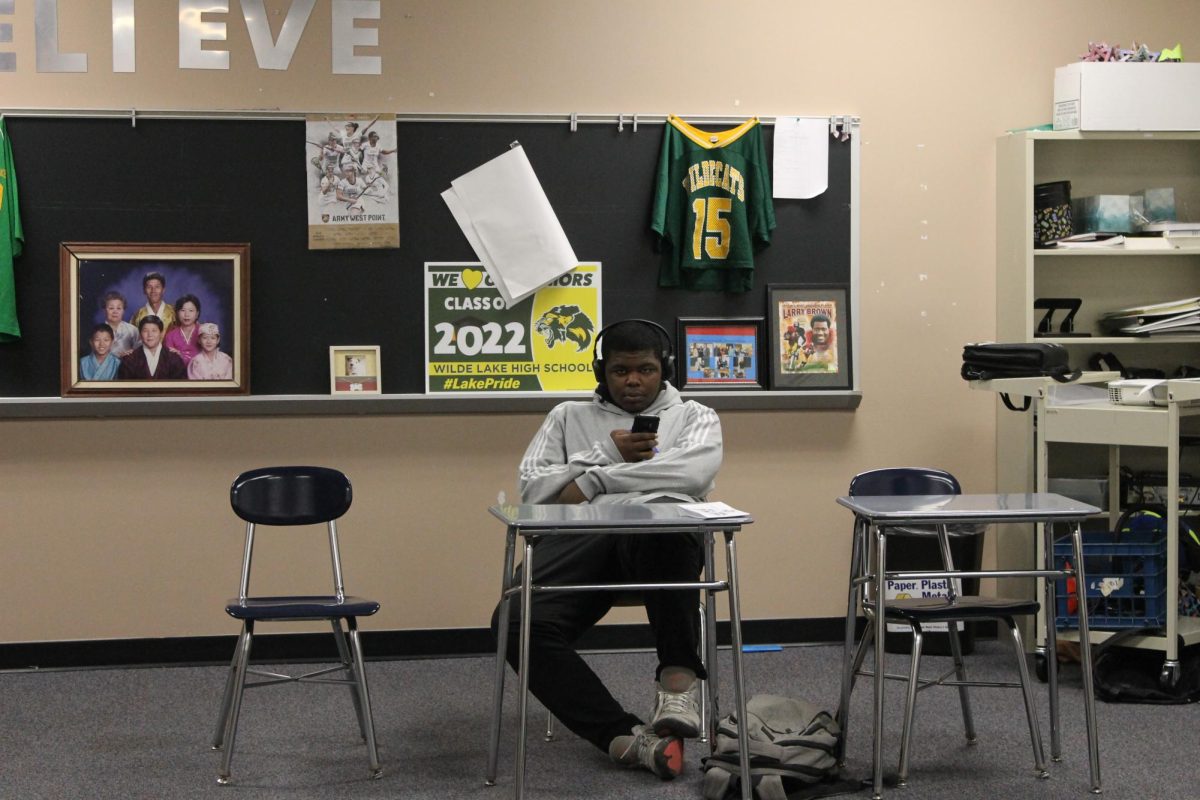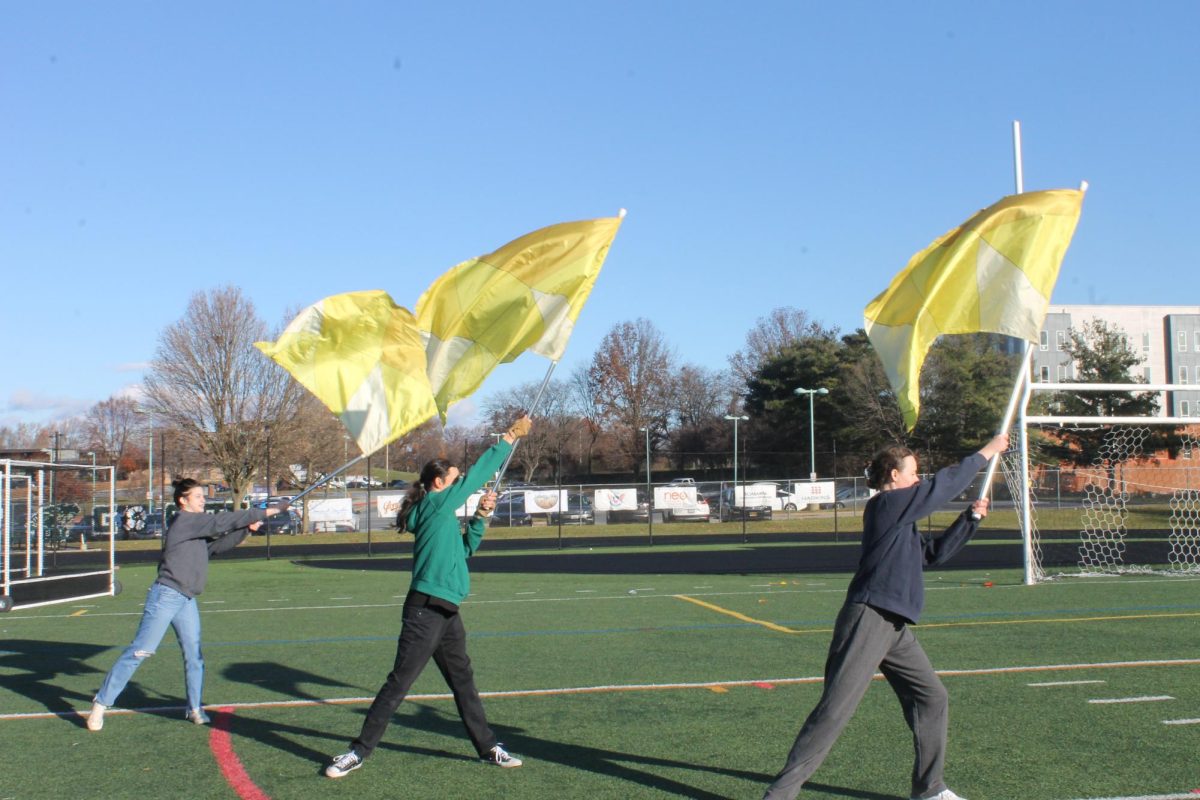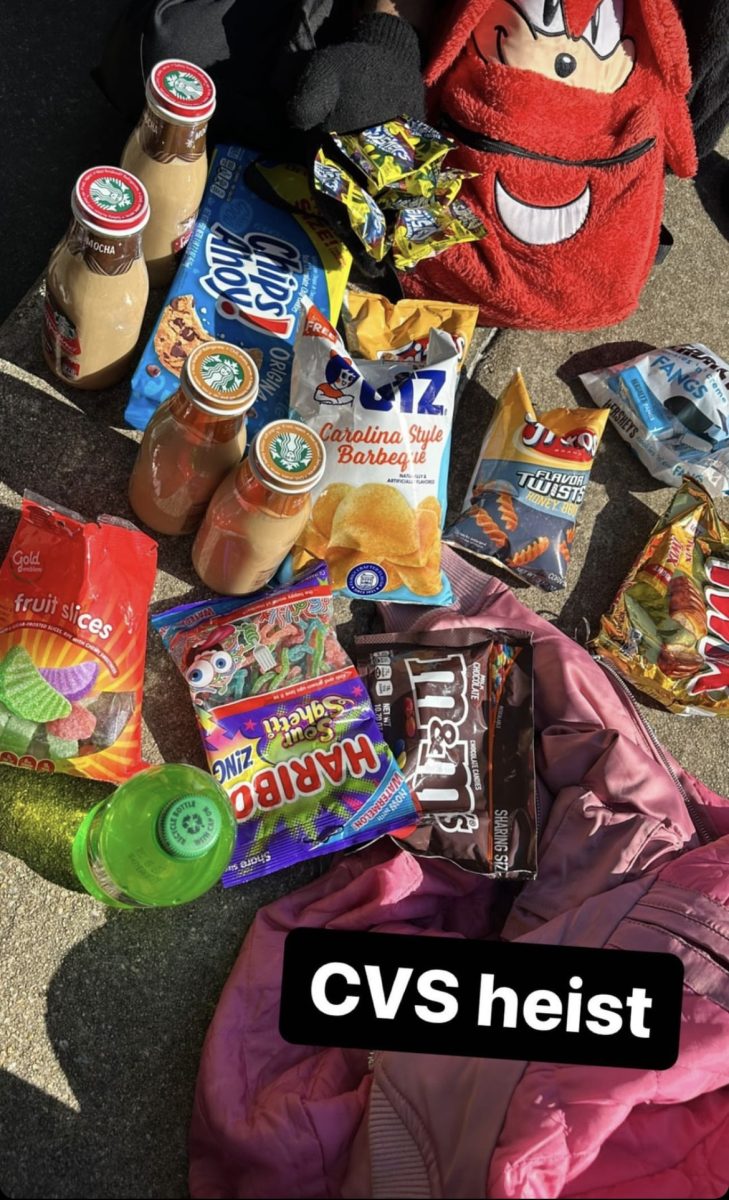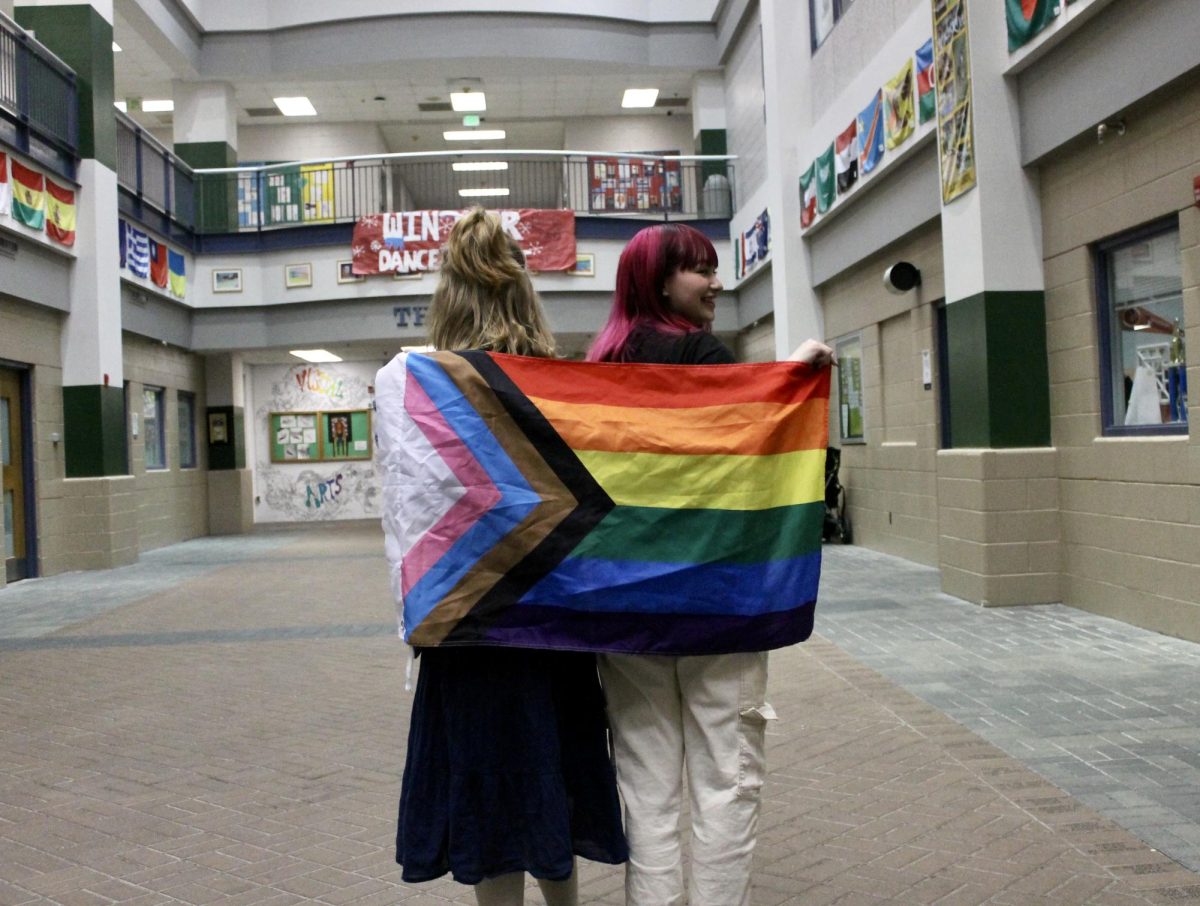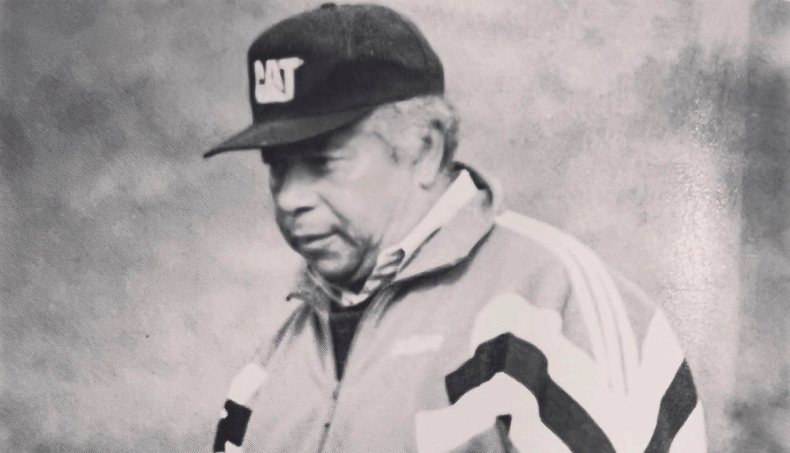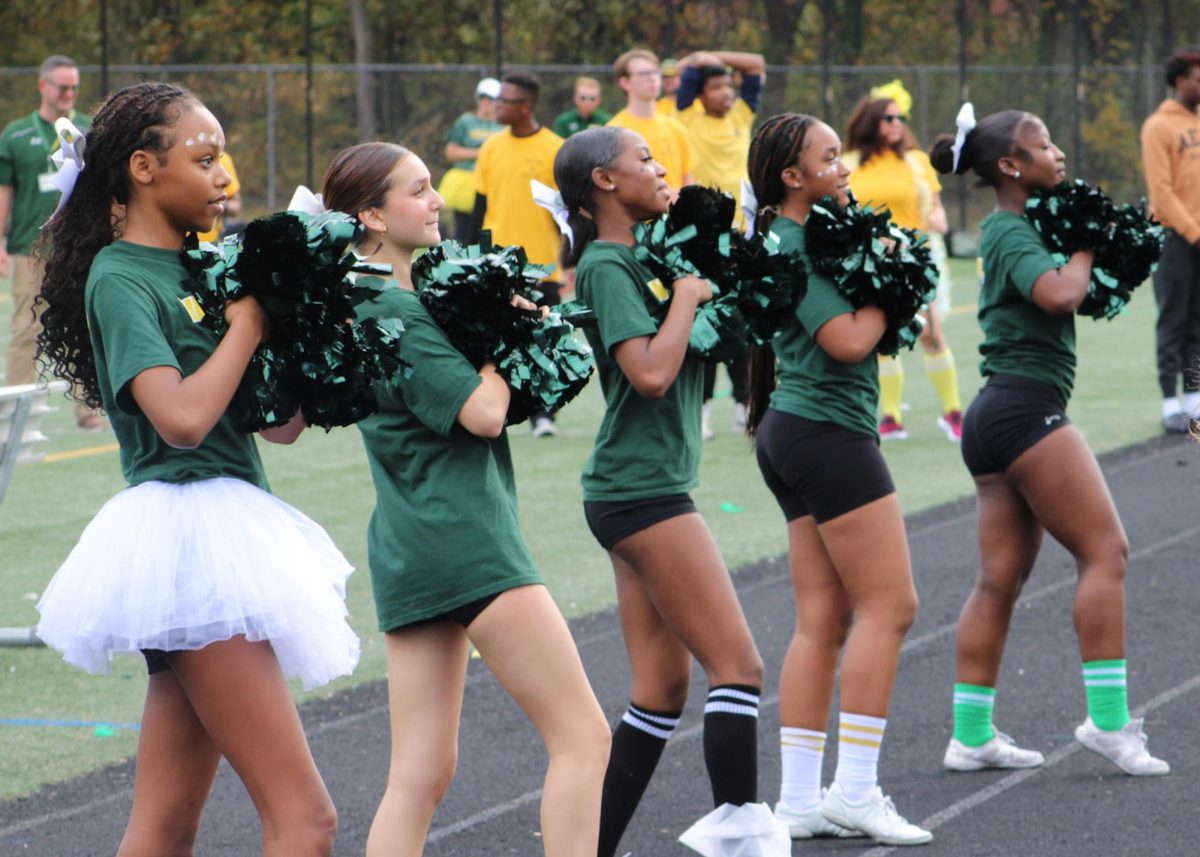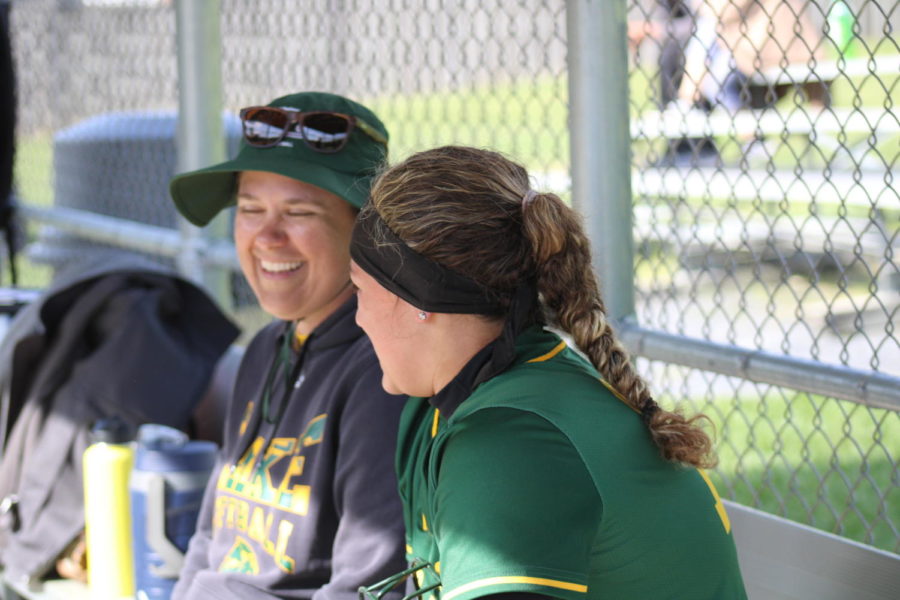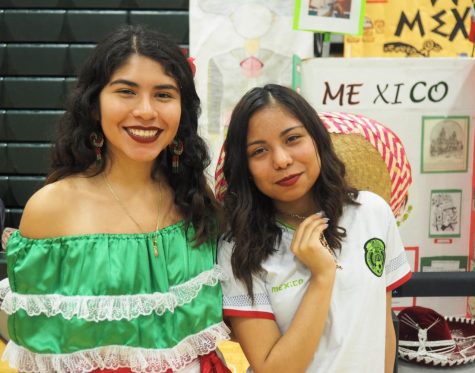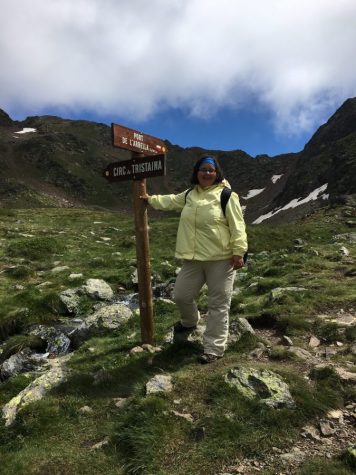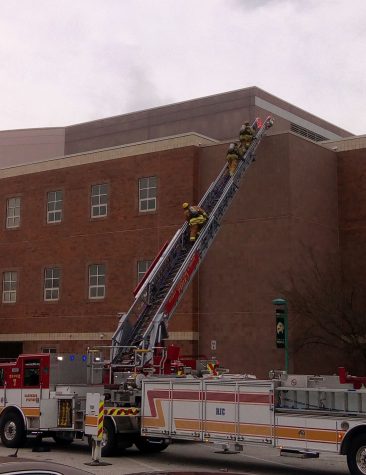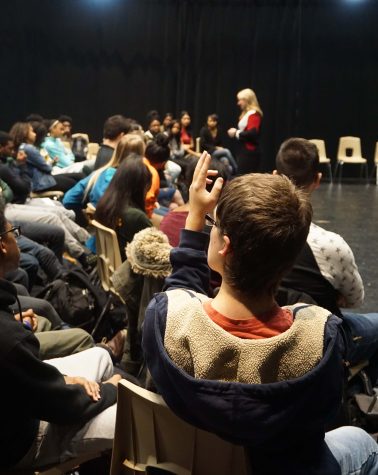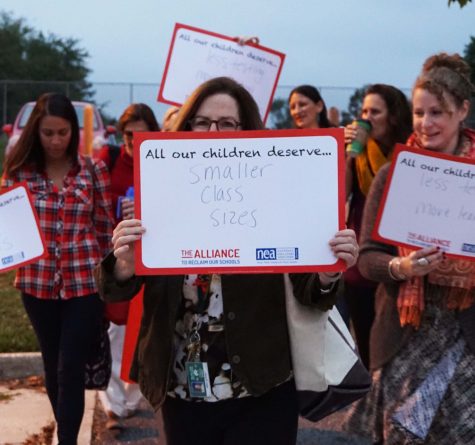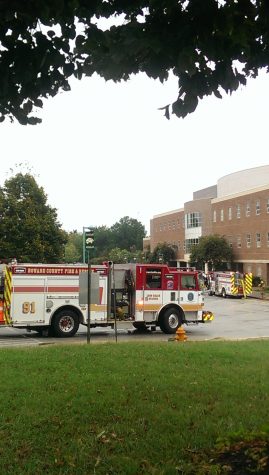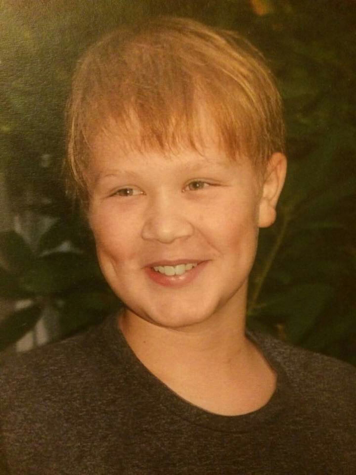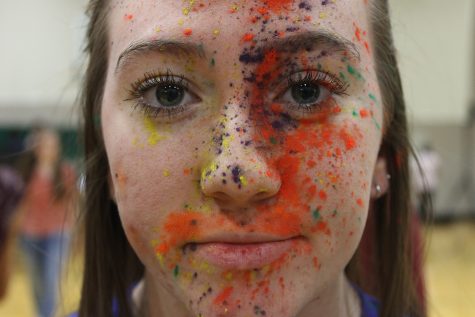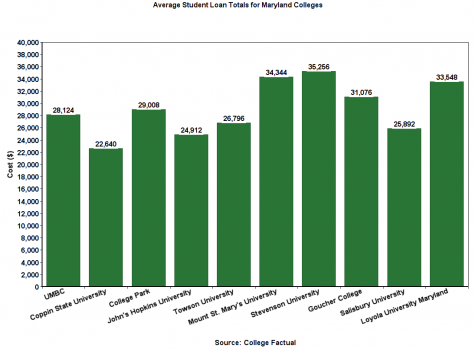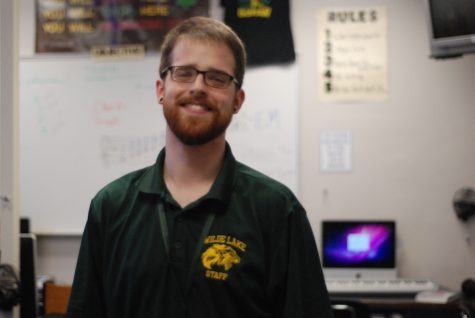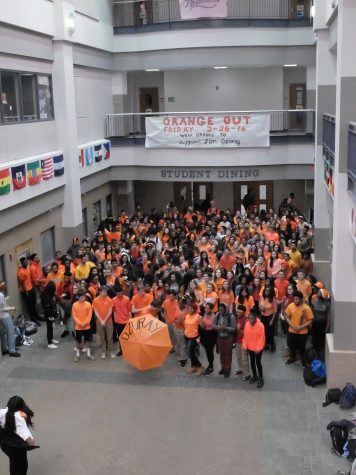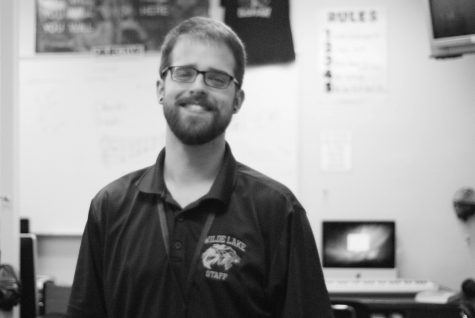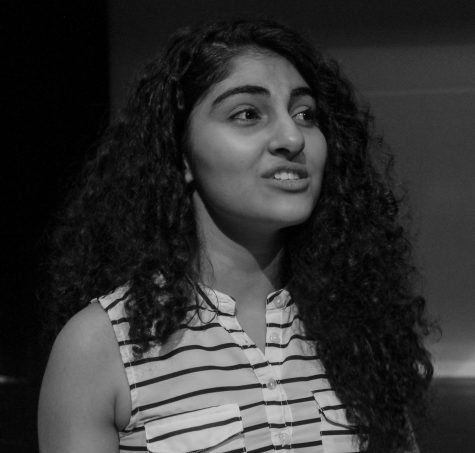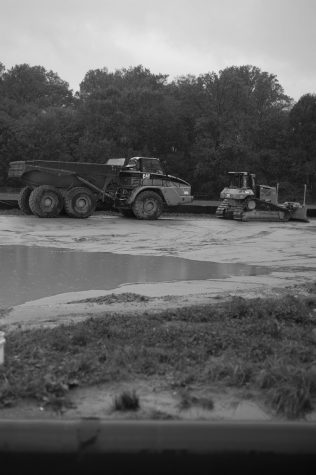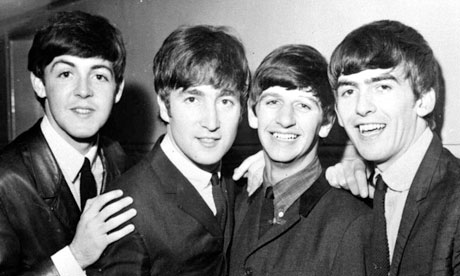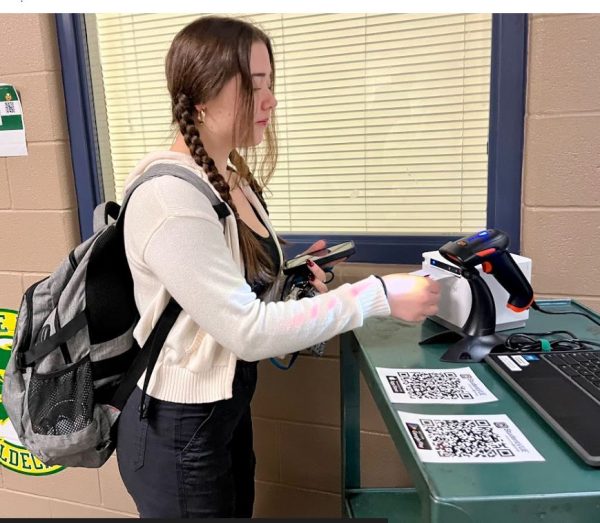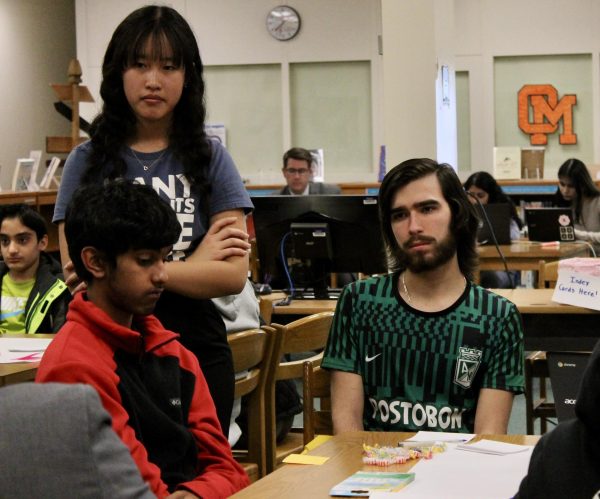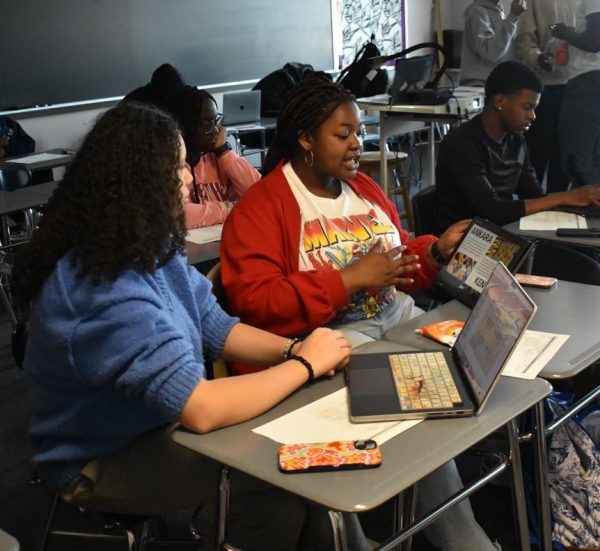Culture Shock: A Student’s Guide to Busan, South Korea
December 22, 2016
During a nearly two week visit to Busan, South Korea (the second largest city on the southern coast of South Korea), I was able to take part in many of the activities of native youth. The culture shock I encountered was not only just in the time difference (14 hours) and the food (I tried sundae, which is the skin of pork intestines, filled with noodles), but also in what many people there do for fun.
Two weeks seems like a long time to go somewhere, but in a place as filled with life as South Korea, it’s barely enough time to explore the neighborhood, Haeundae, a trendy beach area of the city of nearly 4 million. However, I did what I could to make the most of my time.
Centum City is a place where many people go to enjoy the shopping district. It houses many different stores, including Shinsegae, the largest department store in the world. It has a plaque proudly displayed at the front of the store.
Unsurprisingly, there are so many floors and stores to choose from, but among the most intriguing was the Ice Rink, Zooraji and the racecar track. Zooraji was a rooftop park (probably meant for children, but I enjoyed it too) filled with life-sized dinosaur replicas and a pirate ship and even a little merry-go-round. The view was stunning, as the city is right up against the mountains, and right by the sea.
The food in Shinsegae was really quite divine. I had Korean fried chicken for the first time. The kimbap (Korean sushi) was amazing, and my only complaint lay with their “tea,” which ended up actually being hambone soup… In a coffee cup. I discovered upon return to the US, that there are many Korean restaurants in our area.
We also went to many Buddhist temples in Busan. They were serene and quiet, and many people slipped off their shoes and went into the shelters to pray. From a traffic safety pagoda to a place to pray for academic success (I stopped and took some time there), the temples were filled with hope and spirituality. It was a fulfilling experience, and an English speaking guide explained to us the basics of Buddhism: limiting your desires in order to destroy anger, envy, and other character flaws. I learned a lot, and snapped a few beautiful pictures too.
A short ride on the Gwangandaegyo or Diamond Bridge, a suspension bridge over the harbor, I arrived at Pukyong University (the national university in Busan). The college students there have what is called the “Playground” which is actually the area directly surrounding the campus in which students can go to bars, restaurants, and even karaoke (more about this later). The “Break Rooms,” which are little rooms attached to certain buildings on campus, are where students go to rest and chat. There are vending machines, and tables and chairs, and a cafe right across the street where I indulged in lattes often.
The Starbucks’ in Korea, which seem to be everywhere, aren’t very different from the ones here. The drinks are around six dollars and the only real difference is that everything is in Korean, so when I tried to get a chicken sandwich, I ended up with a bacon and cheese sandwich. Luckily, I’m not a vegetarian, but my mom (who is) had a little more trouble finding food that she could eat when going to restaurants.
Bibimbap, a type of meal commonly served there, is the best dish for vegetarians. A server places about 12-15 dishes on the table, along with a soup for each person and a bowl. It’s comparable to a buffet, but with waitresses delivering the many dishes to the the table, and each person taking what they want into their bowls. Mix it all together, and it’s a meal!
Fashion, at least with young people in Busan, is memorable. It seems like everyone takes pride in their appearance. I felt a bit shabby in jeans, and I’m glad I didn’t bring sweatpants, since I didn’t see anyone wearing them the whole time we were there. All of the clothing people wore seemed to be tailored. With stores like Shinsegae so close though, I’m not surprised.
I spent several days going out with friends I met at Pukyong. We went to Nampodong, a shopping area that’s a little more traditional. We had to be very careful however, because even though they aren’t streets, the little alleyways are filled with people on motorbikes who will knock you down if you are not careful!
One of the most interesting experiences was the cat cafe, which are also here in the US, but far less common. A cat cafe is a small restaurant where you can buy snacks and or refreshments (more or less like any other cafe), but with one twist: lots and lots of cats! You share the space with cats who are free to roam where they please, whether it be through clear tunnels on the ceiling, or in boxes on your lap.
It was 8,000 won (or about $8) to get in, and you had to buy either food for yourself, or snacks for the cats. We chose cat snacks, and they flocked to us. There was a whole bulletin board up with all of the cat names and personalities. There were lots of different cat families, and it was all very quaint.
Next we headed to the Busan tower area. In Busan, there is a very large white tower that towers over the old city. The views are beautiful, and there was a bridge with heart locks on it (similar to Love Lock Bridge, in Paris).
When one of my friends suggested karaoke, I only agreed because I figured since I was in a foreign country, I could embarrass myself in front of people because I’d never see them again. But as it turns out, Korean karaoke was the one of the most different activities.
Korean karaoke takes place in a closed room that is soundproof. This way, you can sing your heart out without having people staring at you. Even better, you pay for use of the room for an hour, but the attendants give you “service time” which is extra time at the end. So, even though we only payed for an hour, we got more like an hour and a half. My friend called it “Korean hospitality.”
Having worked at the National Aquarium in Baltimore this past summer, I couldn’t pass up the opportunity to pay a visit to the Busan Sealife Aquarium. Although it was smaller than ours, it had a glass bottom boat, which you could row out on in the shark-infested waters, and it had a tunnel you could walk through where you were surrounded by water and all the sealife.
In addition, there was a feeding, where sharks, rays (which they called rayfish) and groupers were fed during a show. It was really cool, and it was interesting seeing how rays get fed, since they are flat.
At the ice cream shop we went to after the aquarium, we got ice creams that were really expensive, but I justified the cost by pointing out how much ice cream there was. Unfortunately, the ice cream was “hollow.” Apparently, some shops do that in order to save money, and they do not fill the insides of the ice cream.
When you live in one place for 16 years of your life, it’s easy to think the rest of the world is just like Columbia Maryland. Getting to experience Busan and its rich culture was a treat, and I can’t wait to go back. But maybe next time, I’ll learn some Korean before!



